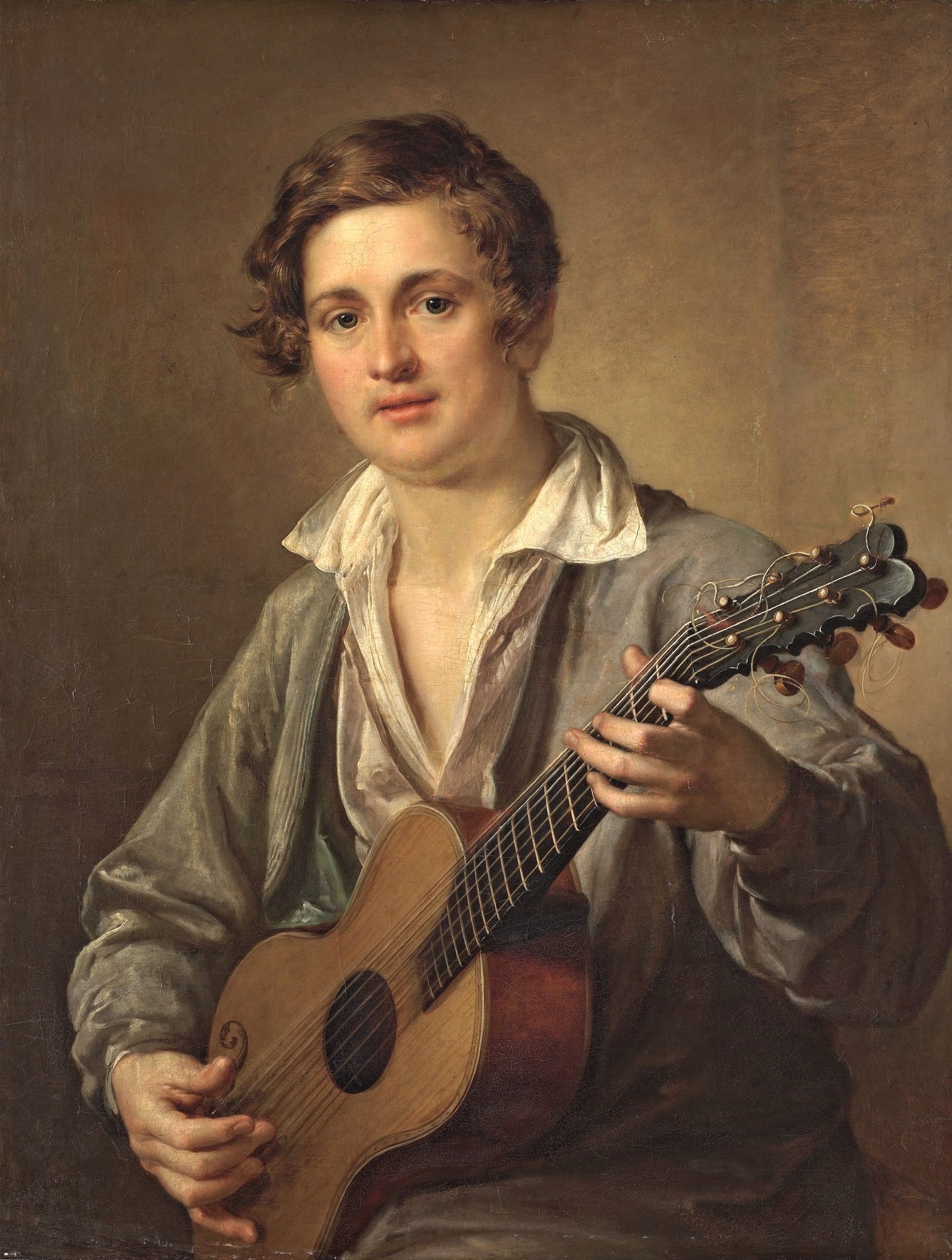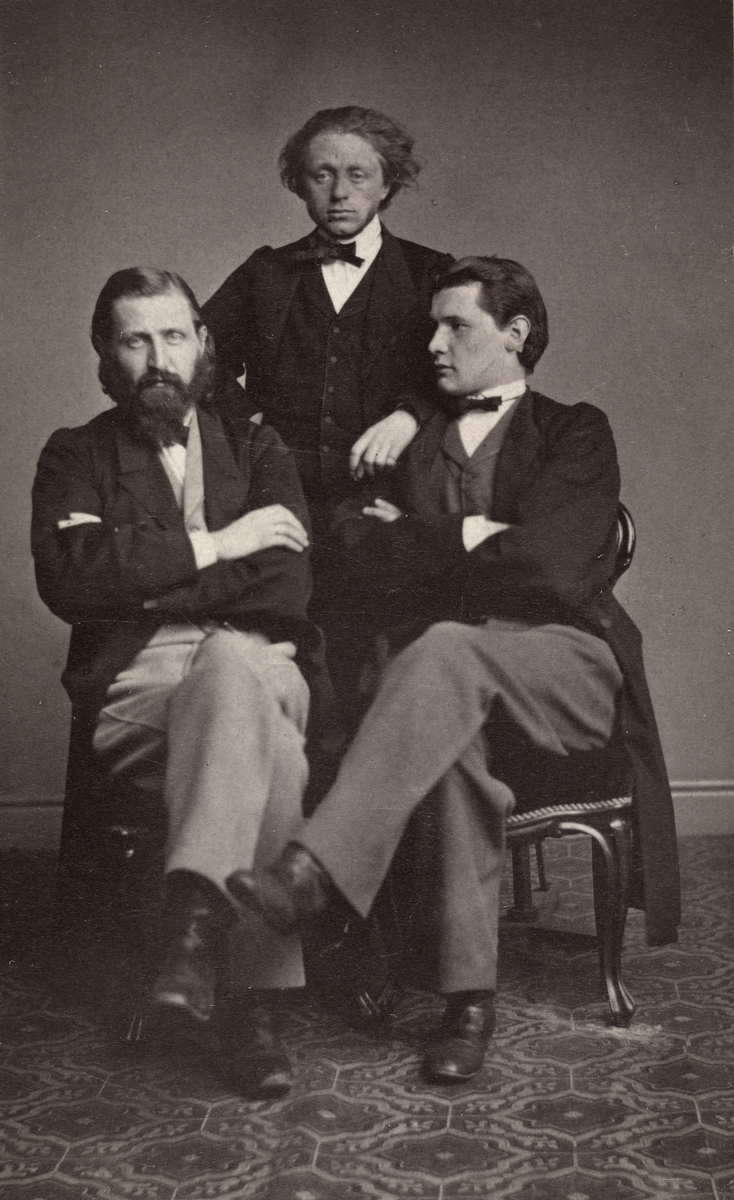|
Per Winge
Per Carl Winge (August 27, 1858 – September 7, 1935) was a Norwegians, Norwegian Conducting, conductor, pianist and composer, known primarily for his vocal music.Nils Grinde: ''Norsk musikkhistorie'' pp. 249 Universitetsforlaget (Norwegian) Winge was born in Oslo, Christiania. His parents were Axel Winge and Elisabeth Marie (Betzy) Lasson. His mother's side of the family produced many musicians and artists, including painter Oda Krohg, Oda Lasson Krohg (1860-1935), composer Nils Lasson, and Cabaret, cabaret artist Bokken Lasson."Store norske leksikon" /ref> His sister, Lizzie Winge, was also a pianist, and they would both appear in con ... [...More Info...] [...Related Items...] OR: [Wikipedia] [Google] [Baidu] |
Edmund Neupert
(Carl Fredrik) Edmund Neupert (1 April 184222 June 1888) was a Norwegian music teacher, pianist and composer. Among Neupert's compositions, the ''24 Concert-Etüden'' and the ''24 Octav-Etüden'' are especially highly regarded. Biography Neupert was born in Christiana (now Oslo), Norway. He was the son of Herman Wilhelm Neupert (1806–78) and Caroline Friederike Wiedmayer (1814-1878). His father was a musician and piano teacher. Bomberger, E. Douglas, (1999) ''Brainard's Biographies of American Musicians'', Greenwood, , pp.203-205 He studied in Berlin at the Neue Akademie der Tonkunst under Theodor Kullak (1818–1882). He also received instruction from Friedrich Kiel (1821–1885). In 1866 he was hired as piano teacher at the Stern Conservatory in Berlin operated by Julius Stern (1820–1883). Neupert was a teacher at the Stern Conservatory from 1866-1868. He then moved to Copenhagen, where he held a position at the city's conservatory for two years. In 1881 he traveled t ... [...More Info...] [...Related Items...] OR: [Wikipedia] [Google] [Baidu] |
1858 Births
Events January–March * January – **Benito Juárez (1806–1872) becomes Liberal President of Mexico. At the same time, conservatives install Félix María Zuloaga (1813–1898) as president. **William I of Prussia becomes regent for his brother, Frederick William IV, who had suffered a stroke. * January 9 ** British forces finally defeat Rajab Ali Khan of Chittagong ** Anson Jones, the last president of the Republic of Texas, commits suicide. * January 14 – Orsini affair: Felice Orsini and his accomplices fail to assassinate Napoleon III in Paris, but their bombs kill eight and wound 142 people. Because of the involvement of French émigrés living in Britain, there is a brief anti-British feeling in France, but the emperor refuses to support it. * January 25 – The ''Wedding March'' by Felix Mendelssohn becomes a popular wedding recessional, after it is played on this day at the marriage of Queen Victoria's daughter Victoria, Princess Royal, to Pri ... [...More Info...] [...Related Items...] OR: [Wikipedia] [Google] [Baidu] |
Nordisk Familjebok
''Nordisk familjebok'' (, "Nordic Family Book") is a Swedish encyclopedia that was published in print from between 1876 and 1993, and that is now fully available in digital form via Project Runeberg at Linköping University. Despite their considerable age and relative obsolescence, the public domain editions of the encyclopedia remain important reference works in Finland, especially on Finnish Wikipedia. History First edition ''Nordisk familjebok'' began when Halmstad publisher hired an editor, linguist , in 1874 to publish a six-volume encyclopedia. Linder drew up a plan for the work, designed the editorial team and created a large circle of experts and literary figures, who submitted article proposals and wrote and reviewed them. Under Linder's direction, the articles were then edited to make them as formal, consistent and accurate as possible. Much attention was paid to Nordic subjects, mainly Swedish and Finnish, where sources and models were often lacking, so extensive ... [...More Info...] [...Related Items...] OR: [Wikipedia] [Google] [Baidu] |
Romance (music)
The term romance ( es, romance/romanza, it, romanza, german: Romanze, french: romance, russian: романс, pt, romance, ro, romanţă) has a centuries-long history. Applied to narrative ballads in Spain, it came to be used by the 18th century for simple lyrical pieces not only for voice, but also for instruments alone. The ''Oxford Dictionary of Music'' states that "generally it implies a specially personal or tender quality". Instrumental music bearing the title "Romance" Typically, a Classical piece or movement called a "Romance" is in three, meaning three beats in the bar * Beethoven: two violin romances (''Romanzen'') for violin and orchestra, No. 1 G major, Op. 40; No. 2 in F major, Op. 50 take the form of a loose theme and variations * Johannes Brahms: ''Romanze'' in F major for piano, Op. 118, No. 5 (1893) * Max Bruch: "Romance for Viola and Orchestra in F" * Arthur Butterworth: Romanza for horn and string quartet with double bass ad libitum (or piano), Op. 12 ... [...More Info...] [...Related Items...] OR: [Wikipedia] [Google] [Baidu] |
Bergen Philharmonic Orchestra
The Bergen Philharmonic Orchestra is a Norwegian orchestra based in Bergen. Its principal concert venue is the Grieg Hall. History Established in 1765 under the name ''Det Musicalske Selskab'' (The Musical Society), it later changed its name to ''Musikselskabet Harmonien''. Bergen citizens often refer to the ensemble as "Harmonien" (the Harmony). After World War I, there was strong interest in the major Norwegian cities of Bergen and Kristiania (later Oslo) in having larger orchestras. In 1919, the orchestra in Bergen was reorganized to employ 40 professional full-time musicians. As of 2015, the orchestra has 101 musicians. The orchestra has had a long tradition of playing contemporary music. Ludwig van Beethoven's second symphony was performed in Bergen in the year it was published, 1804, even before it was performed in Berlin. Bergen-born composer Edvard Grieg had close ties with the orchestra, and was artistic director from 1880 to 1882. He also bequeathed a portion of his ... [...More Info...] [...Related Items...] OR: [Wikipedia] [Google] [Baidu] |
Musikselskabet Harmonien
The Bergen Philharmonic Orchestra is a Norwegian orchestra based in Bergen. Its principal concert venue is the Grieg Hall. History Established in 1765 under the name ''Det Musicalske Selskab'' (The Musical Society), it later changed its name to ''Musikselskabet Harmonien''. Bergen citizens often refer to the ensemble as "Harmonien" (the Harmony). After World War I, there was strong interest in the major Norwegian cities of Bergen and Kristiania (later Oslo) in having larger orchestras. In 1919, the orchestra in Bergen was reorganized to employ 40 professional full-time musicians. As of 2015, the orchestra has 101 musicians. The orchestra has had a long tradition of playing contemporary music. Ludwig van Beethoven's second symphony was performed in Bergen in the year it was published, 1804, even before it was performed in Berlin. Bergen-born composer Edvard Grieg had close ties with the orchestra, and was artistic director from 1880 to 1882. He also bequeathed a portion of his ... [...More Info...] [...Related Items...] OR: [Wikipedia] [Google] [Baidu] |
Berlin
Berlin ( , ) is the capital and largest city of Germany by both area and population. Its 3.7 million inhabitants make it the European Union's most populous city, according to population within city limits. One of Germany's sixteen constituent states, Berlin is surrounded by the State of Brandenburg and contiguous with Potsdam, Brandenburg's capital. Berlin's urban area, which has a population of around 4.5 million, is the second most populous urban area in Germany after the Ruhr. The Berlin-Brandenburg capital region has around 6.2 million inhabitants and is Germany's third-largest metropolitan region after the Rhine-Ruhr and Rhine-Main regions. Berlin straddles the banks of the Spree, which flows into the Havel (a tributary of the Elbe) in the western borough of Spandau. Among the city's main topographical features are the many lakes in the western and southeastern boroughs formed by the Spree, Havel and Dahme, the largest of which is Lake Müggelsee. Due to its l ... [...More Info...] [...Related Items...] OR: [Wikipedia] [Google] [Baidu] |
Leipzig
Leipzig ( , ; Upper Saxon: ) is the most populous city in the German state of Saxony. Leipzig's population of 605,407 inhabitants (1.1 million in the larger urban zone) as of 2021 places the city as Germany's eighth most populous, as well as the second most populous city in the area of the former East Germany after (East) Berlin. Together with Halle (Saale), the city forms the polycentric Leipzig-Halle Conurbation. Between the two cities (in Schkeuditz) lies Leipzig/Halle Airport. Leipzig is located about southwest of Berlin, in the southernmost part of the North German Plain (known as Leipzig Bay), at the confluence of the White Elster River (progression: ) and two of its tributaries: the Pleiße and the Parthe. The name of the city and those of many of its boroughs are of Slavic origin. Leipzig has been a trade city since at least the time of the Holy Roman Empire. The city sits at the intersection of the Via Regia and the Via Imperii, two important medieval trad ... [...More Info...] [...Related Items...] OR: [Wikipedia] [Google] [Baidu] |
Johan Svendsen
Johan Severin Svendsen (30 September 184014 June 1911) was a Norwegian composer, conductor and violinist. Born in Christiania (now Oslo), Norway, he lived most his life in Copenhagen, Denmark. Svendsen's output includes two symphonies, a violin concerto, a cello concerto, and the Romance for violin, as well as a number of Norwegian Rhapsodies for orchestra. At one time Svendsen was an intimate friend of the German composer Richard Wagner. Life Svenden's father was a music teacher and military bandmaster, who taught him both the violin and clarinet. He began playing at orchestras at age nine when he learned violin, and began composing by age eleven. At fifteen he enlisted in the military band at Akershus Fortress, playing clarinet, flute, trombone, and percussion among other instruments. By the time he finished school, he was working as an orchestral musician, and occasionally made short concert tours as a violinist. In Lübeck, on one of his tours, he came to the attention of a ... [...More Info...] [...Related Items...] OR: [Wikipedia] [Google] [Baidu] |
Music Theory
Music theory is the study of the practices and possibilities of music. ''The Oxford Companion to Music'' describes three interrelated uses of the term "music theory". The first is the "rudiments", that are needed to understand music notation (key signatures, time signatures, and rhythmic notation); the second is learning scholars' views on music from antiquity to the present; the third is a sub-topic of musicology that "seeks to define processes and general principles in music". The musicological approach to theory differs from music analysis "in that it takes as its starting-point not the individual work or performance but the fundamental materials from which it is built." Music theory is frequently concerned with describing how musicians and composers make music, including tuning systems and composition methods among other topics. Because of the ever-expanding conception of what constitutes music, a more inclusive definition could be the consideration of any sonic phenomena, ... [...More Info...] [...Related Items...] OR: [Wikipedia] [Google] [Baidu] |
Otto Winter Hjelm
Otto Winter-Hjelm (8 October 1837 – 3 May 1931) was a Norwegian musician, conductor, writer, composer and music critic. Life and career Otto Winther-Hjelm was born in Christiana (Oslo), and studied in Leipzig and Berlin. During his career, he became a leading force in Norwegian music, establishing a music school in 1864 and founding the music Conservatory in Christiana with Edvard Grieg in 1866. He also served as organist for the Trinity Church in Oslo from 1874 to 1921 and music critic for ''Aftenposten'' from 1887 to 1913. Winter-Hjelm composed two symphonies and a number of cantata and songs for male chorus. Works (selection) * Waltz (1856) * Piano Trio (whilst studying with Arnold; 1860) * Overture voor orchestra (1861) * Symphony No. 1 in B flat major (1862) * Symphony No. 2 in B minor (1863) * ''Ho Åstrid'', song on a text of Kristofer Janson (1870) * ''Til Halfdan Kjerulfs Minne'' (1870) * ''Fjukande skyer'', song (1870) * ''12 Sangstudier'' (1871) * ''Fifty Psalms'' f ... [...More Info...] [...Related Items...] OR: [Wikipedia] [Google] [Baidu] |









